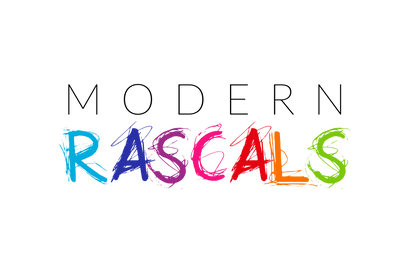Your Cart is Empty
Menu
-
- Clothing
- Toys
-
Toy Brands
- Abel
- Bajo
- Bauspiel
- Billes et Co
- Cedar Hollow
- CJ Eco Play - Cutters and Stamps
- Clixo
- Connetix
- Cuboro
- Dena
- Eco Cutters
- eco-kids
- Erzi
- Fagus
- Folkmanis
- Gluckskafer
- Grapat
- Grimms
- Grimms Celebration Rings & Deco Figures
- Guidecraft
- Holztiger
- Huckleberry
- Londji
- Lubulona
- Kontu
- Mader
- Milaniwood
- Modern Rascals
- Ocamora
- Ostheimer
- Quelle est Belle Company
- Papoose
- Raduga Grez
- Sarah's Silks
- Stuka Puka
- Teri Co
- The Little Omo
- Uncle Goose
- Waytoplay
- Wobbel
- Wonderie
- Toys by Age
- Type of Play
- Animals & Small World Play
- Celebration Rings & Deco Figures
- All Toys
- Made in Canada
- Bundles
- Spare Parts
-
Toy Brands
- Books, Art & Puzzles
- Home
- Nature School
- Shop by Theme
- Brands
-
Brands A-F
- A Kids Book About
- Abel
- All Of Us Crayons
- Baggu
- Bajo
- Bauspiel
- Beb & Ooo
- Billes et Co
- Boldfaced Goods
- Books
- CarlijnQ
- Cedar Hollow
- CeLaVi and Color Kids
- Chunky Deli
- Clixo
- CJ Eco Play - Cutters and Stamps
- Coddi and Womple
- Connetix
- Cuboro
- Curious Stories
- Danica
- Dena
- DUNS Sweden
- Eco Cutters
- eco-kids
- Egg Felt Kits
- Elementaire Paris
- Erzi
- Fagus
- Fluf
- Folkmanis
- Fraulein Prusselise
- Friday Sock Co
- Frugi
- Brands G-L
- Brands M-R
- Brands S-Z
-
Brands A-F
- Sales
- Gift Guides
- Rewards
-
- Wishlist
- Login
-
Canada (CAD $)














 The next transition is a little trickier to set up and took a couple of adjustments to get right. The trick is to remember that the ball will follow the trajectory of the last part of the rainbow—it doesn’t continue to curve, but will go straight in the direction it leaves. The red arch overhangs the semi-circle on this edge too, to help control the direction.
The next transition is a little trickier to set up and took a couple of adjustments to get right. The trick is to remember that the ball will follow the trajectory of the last part of the rainbow—it doesn’t continue to curve, but will go straight in the direction it leaves. The red arch overhangs the semi-circle on this edge too, to help control the direction. The last transition follows the same principal: as long as you have your board set up so that the marble follows the straight trajectory of the last part of the rainbow, your ball should stay on the board. Thes red and orange arches are not adjacent in the rainbow, but skip one (the light red) to create a space between them for the ball to roll on)
The last transition follows the same principal: as long as you have your board set up so that the marble follows the straight trajectory of the last part of the rainbow, your ball should stay on the board. Thes red and orange arches are not adjacent in the rainbow, but skip one (the light red) to create a space between them for the ball to roll on)







Jo MacMillan
April 17, 2021
Great ideas! We have these Grimms bits except for the small balls, which I think I’ll buy on the strength of this. I haven’t got this kind of brain (engineering!?) Thank you!